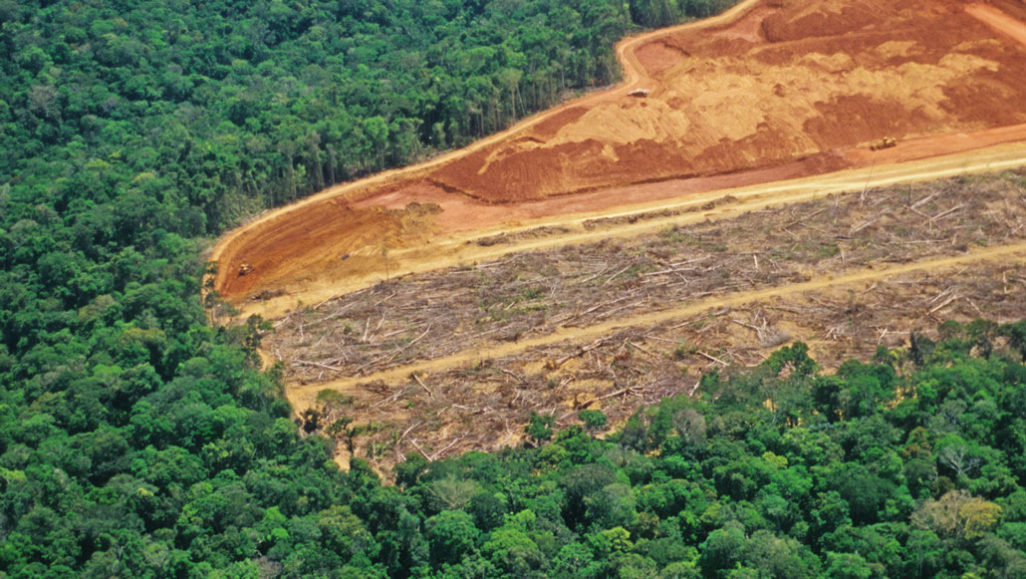Nations are drafting a plan to protect 30 percent of Earth by 2030 to save biodiversity. The number reflects politics more than scientific consensus.
Nature needs to be protected, scientists agree, but how best to do it is up for debate.
For millions of years, giants graced the murky depths of China’s Yangtze River. The Chinese Paddlefish (Psephurus gladius), which could reach 7 meters in length, used its swordlike snout to sense the electrical perturbations made by smaller prey, snatching them in the dark. But no more.The fish was declared extinct in 2019, a victim of overfishing and habitat loss.
Its story is being played out across the world. From winding rivers to the windswept tundra to the dense tropical forests of Borneo, nature is in trouble.
Plants and animals are increasingly threatened by human activities and habitat encroachment. One study estimates a million species face extinction within decades (SN: 5/8/19). That’s 1 million distinct, idiosyncratic answers to the basic question of how to make a living on planet Earth, gone.

Habitat loss and such human encroachment as this clear-cutting in the Amazon (shown) are a major threat to biodiversity worldwide. The United Nations is drafting an ambitious new set of conservation targets to safeguard species and prevent further losses. LUOMAN/E+/GETTY IMAGES PLUS
Continue reading at: Will protecting 30 percent of Earth prevent the extinction crisis? | Science News

No comments:
Post a Comment